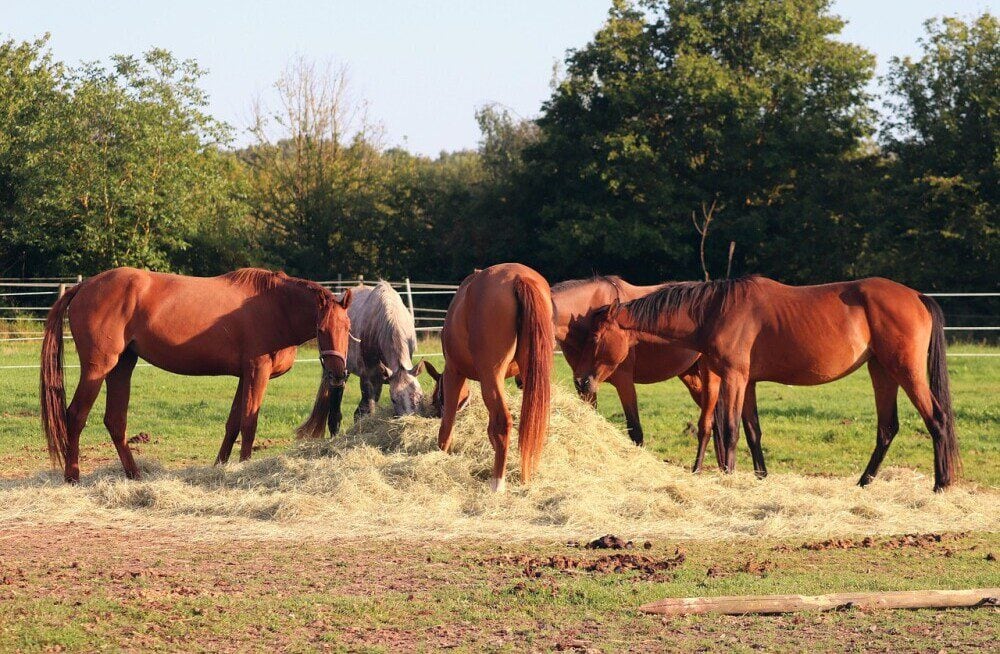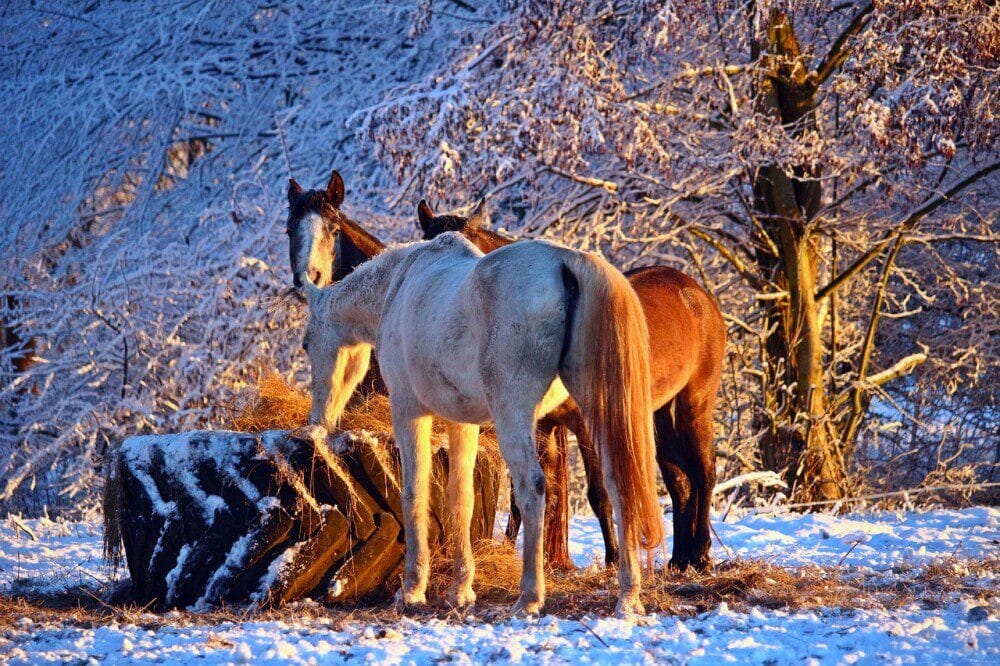Colic is one of the most challenging and feared conditions in equine health. It causes intense pain and anxiety for horses and owners alike. After years in barns and discussions with veterinarians, one thing is clear: Prevention is the most powerful tool. Below, I’ve compiled research-backed tips and expert advice you can put to use today to help prevent colic in your horse.

What Is Equine Colic and Why Prevention Matters
Colic describes abdominal pain from various causes—gas, impaction, twists, parasite burden, or abrupt dietary changes. While some cases resolve easily, others can be life-threatening. Prevention should always be the top priority.
Did you know? Many colic cases are preventable with consistent care and diet. Vets agree: smart daily choices add up.
The Main Causes of Colic in Horses
- Sudden changes in diet: Switching hay or grain too fast destabilizes gut flora.
- Low forage, high grain diets: Contradict a horse’s natural digestive rhythm.
- Poor quality feed: Moldy hay or excessive sugar/starch disrupt gut balance.
- Dehydration: Reduces gut motility and increases impaction risk.
- Parasites: Damage the digestive tract and worsen after deworming poorly managed horses.
- Stress: Travel, isolation, or abrupt changes can trigger episodes.
- Sand ingestion: Accumulates in the gut and may cause impactions.
KER research indicates that feeding horses large amounts of hay (approximately 2.5% of their body weight) can aid in clearing ingested sand from the gastrointestinal tract. Some research, including KER studies, suggests that feeding large amounts of hay may be more effective than psyllium in clearing sand, though psyllium remains a commonly used aid.
Can Colic in Horses Be Prevented?
- Base the diet on high-quality forage (at least 2.5% body weight).
- Introduce feed or hay changes gradually over 7–14 days.
- Offer daily turnout and consistent exercise.
- Maintain a strategic deworming plan with your vet.
- Ensure constant access to clean, temperate water.
- Feed grain only in small, frequent meals.
Emergency Steps: How To Help a Horse With Colic

- Call your vet immediately. Don’t hesitate or delay—early intervention is critical
- Remove feedUnless your vet advises otherwise, allow access to clean water, especially if impaction is suspected.
- Monitor vitals: If you know how, check temperature, heart rate, and breathing. Track manure output Also check his hooves for heat (laminitis) and rump muscles for tightness (tying-up), which can mimic a colic.
- Document symptoms and timelineGet ready to tell this information to the vet: length and speed of how the colic episode has been progressing, severity of pain, if feces have been passed, and the response if any treatments were provided. (Don’t medicate without your veterinarian’s approval)
- Hand walk gently If the horse is safe to move and willing, gentle hand walking may help stimulate gut activity. Avoid forcing movement if the horse is in severe pain or resistant.
- Act fast—the quicker your veterinarian can assess the horse, the better the odds. Severe colic can escalate quickly, so don’t wait and see if it resolves on its own. And closely monitor your horse for as long as it takes, you have to check on him every 15 to 20 min.
Did you know? Older colic management advice used to recommend removing both food and water until a vet arrived. However, modern veterinary guidance emphasizes that restricting water may do more harm than good — especially in mild or impaction cases where hydration is vital.
Which Foods Cause Colic in Horses?
- Moldy, dusty, or spoiled hay and grain
- Stalky hay or straw
- Over 2.5–5 kg/day of grain or starch-rich feeds
- Abrupt dietary changes
- Bran mashes or beet pulp if introduced too quickly
Watch this expert video on evaluating hay quality:
Is There a Seasonal Pattern?
- Winter: Frozen water and sudden hay shifts increase impaction risk.
- Spring: Lush grass and overeating can trigger gas colic.
- Late summer/fall: Hay changes and drought can upset digestion.

Key Takeaways From Veterinarians and Nutritionists
Consistency is key. Stick with the same feed, turnout, water, and grain schedules. Sudden changes = risk.
| Risk Factor | Prevention Strategy |
|---|---|
| Sudden feed changes | Gradual intro over 7–14 days |
| Dehydration | Constant access to clean, temperate water |
| Poor-quality hay | Store hay well, inspect daily |
| Sand ingestion | Feed hay off mats, consider psyllium courses |
| High grain intake | Limit starch, increase forage intake |
| Stress | Routine, turnout, stable companions |
Frequently Asked Questions
Can colic in horses be prevented?
Yes, many cases of colic can be prevented through consistent management. Key strategies include offering unlimited access to clean water, introducing any feed or hay changes gradually over 7–14 days, providing regular turnout, and maintaining a high-forage, low-starch diet. Monitoring gut health and partnering with your veterinarian for deworming and dental care also play crucial roles.
What is the main cause of colic in horses?
The most common triggers are sudden dietary changes and inadequate water intake, which disrupt gut motility and microbial balance. Other contributing factors include stress, lack of turnout, poor-quality feed, and parasite burdens. Horses have sensitive digestive systems that require gradual, consistent routines.
How do you save a horse from colic?
Act quickly and call your veterinarian at the first signs of colic — early intervention can be life-saving. While waiting:
- Withhold feed until your vet arrives, but do not restrict water unless specifically advised.
- Monitor vital signs (temperature, heart rate, respiration) if you’re trained to do so.
- Observe for symptoms such as pawing, looking at the flanks, or changes in manure output.
- If your horse is safe to walk, light hand-walking may help keep the gut moving and reduce the urge to roll — but never force movement in a horse showing signs of severe pain.
- Stay calm and document what you see — your vet will need this information.
What to feed horses prone to colic?
Provide free-choice, high-quality grass hay split into multiple small meals to support steady digestion. Avoid high-starch feeds, limit grain intake, and ensure any dietary changes occur gradually. Soaking hay or offering soaked beet pulp can help maintain hydration. Always provide fresh, clean water and consider forage testing to check for imbalances or deficiencies.
References
Justesen, C (2021, October 20). Sand in the Gut. University of Florida. Retrieved from https://blogs.ifas.ufl.edu/marionco/2021/10/20/equine-gut-health-fact-or-fiction/
Moore, J. N. (2019, May). Colic in horses – horse owners. Merck Veterinary Manual. https://www.merckvetmanual.com/horse-owners/digestive-disorders-of-horses/colic-in-horses
Tinker, M.K., White, N.A., Lessard, P., Thatcher, C.D., Pelzer, K.D., Davis, B. and Carmel, D.K. ( 1997) Prospective study of equine colic risk factors. Equine Veterinary Journal. 1997, Volume 29, Pages 454-458.
University of Florida Study Findings Retrieved from Equinews Nutrition & Health Daily. Q & A https://ker.com/equinews/answer/equine-nutritionist-qa-sand-colic-horses/
Malone, E. (2021). Colic in your horse. UMN Extension. https://extension.umn.edu/horse-health/colic-your-horse
Hudson, J., Cohen, N., Gibbs, P. and Thompson, J. (2001) Feeding practices associated with colic in horses. Journal of the American Veterinary Medical Association. 2001. Volume 219, Pages 1419-1425
Colic has always been one of the most concerning issues I’ve dealt with as a horse owner, especially since it can escalate so quickly. I’ve found that even small changes in feeding routine or water intake can make a noticeable difference. What really resonated with me here is how much emphasis was placed on preventative care rather than just emergency response. From my experience, keeping a consistent schedule and monitoring behavior closely has helped catch early signs before they turn serious. It’s encouraging to see multiple vets share insights, it reinforces how prevention is really a daily commitment, not just an occasional check-in.
Thanks for your response! Indeed, the best way to go about it is to prevent it from happening. And believe me, anything you have to do to prevent it… it’s worth it.